Moog One’s polyphonic sound engine is built on the most powerful synthesizer architecture ever employed by a Moog instrument. Per voice, Moog One offers 3 newly-designed analog VCOs, 2 independent analog filters, a dual source analog noise generator, analog mixer with external audio input, 4 LFOs, and 3 envelopes. To deliver an infinitely inspiring performance experience, each of the three timbres can be easily split or layered across Moog One’s expressive 61-note keyboard, each with its own sequencer, arpeggiator, and onboard effects library-including a suite of professional reverbs from Eventide
Advanced sound engine architecture
Available in 8- and 16-voice versions, Moog One can simultaneously articulate eight or 16 voices, depending on the configuration of your instrument. The Moog One polyphonic sound engine is built upon the most advanced architecture ever conceived for a Moog synthesizer. Per voice, Moog One features three state-of-the-art analog voltage-controlled oscillators (VCOs), two independent analog filters (a Variable State filter and the famous Moog Ladder Filter) that can be run in series or parallel, a dual-source variable analog noise generator, an analog mixer with external audio input, four LFOs, and three envelope generators. You can split or layer the three timbres — each with its own sequencer, arpeggiator, and onboard effects library — across the premium 61-note Fatar keyboard with velocity and aftertouch.
Premium onboard effects
Moog One offers a growing library of programmable per-synth and master bus effects, including chorus, delay, phase, bit reduction, vocoding, and a suite of premium Eventide reverbs such as Blackhole, Shimmer, Plate, Room, and Hall. Effects can be applied as Synth Effects and Master Bus Effects. Synth Effects are applied to individual timbral layers, while Master Bus Effects can be accessed via sends from all three synthesizers. Though its onboard effects are digital, the Moog One audio path is completely analog when all the effects are true bypassed.
Creativity without constraint
Clad in a handcrafted ash cabinet, the Moog One aluminum front panel is fitted with 73 knobs and 144 buttons, welcoming hands-on interaction with all the sound-sculpting and performance controls. Extended on-screen functionality is effortlessly accessed via More buttons (one for each module) that serve up additional parameters in the center-panel LCD to deliver the most intuitive and efficient synthesis experience possible. To the engineer, Moog One is a sophisticated technological marvel; to the synthesist, it is an unparalleled facilitator of fluid musical expression that lets you create, sculpt, and transform your sound without constraints.
Performance Sets and Snapshots for instant recall
A valuable feature that vintage synths didn’t offer was preset storage. If you haven’t had the joy of playing, say, a Minimoog, imagine not being able to save or recall a patch for instant deployment in a live show. Moog One is a veritable playground for tone tweakers and sound designers. Its front panel is graced with scores of knobs and buttons; the status of each — as well as the countless under-the-hood parameters — is stored in memory for quick recall from a massive bank of presets.
The Moog One searchable Browser and interactive LCD center panel make finding your sounds quick and easy; saved Presets can even be assigned to the front panel Performance Sets for instant recall. When investigating a sound, pressing the Snapshot button lets Moog One capture and recall a time-stamped snapshot of a preset at its current settings, eliminating the need to incrementally save data manually while experimenting.
Store tens of thousands of presets
A Moog One preset is a self-contained blueprint, saving the parameters for all three layers of timbrality, along with each timbre’s sequencer, arpeggiator, and modulation settings. Moog One has the capacity to store and recall tens of thousands of presets that you can easily categorize, edit, notate, and even share via USB drive. Up to 64 presets can be arbitrarily grouped to a Moog One Performance Set, where they are immediately selectable via the front-panel Bank/Preset button configuration — a vital feature for live performances and session work.
Presets can be shared with an unlimited number of Performance Sets, allowing quick access to desired presets for each live gig, studio date, and composing session. Preserving more than just presets, User Spaces save global behaviors, MIDI settings, knob behaviors, port and pedal configurations, and even the LED brightness level of your working environment. This means that a USB thumb drive in your pocket can temporarily make any Moog One in the world your personal instrument.
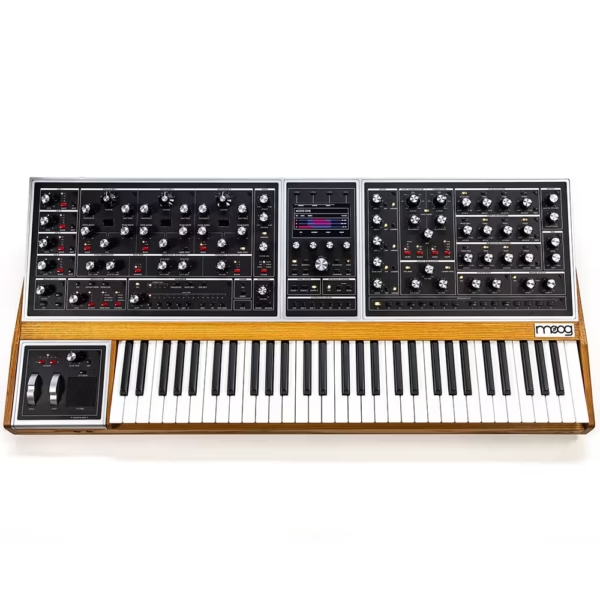
More Than Sound – It’s an Experience. Audio Shop Australia.

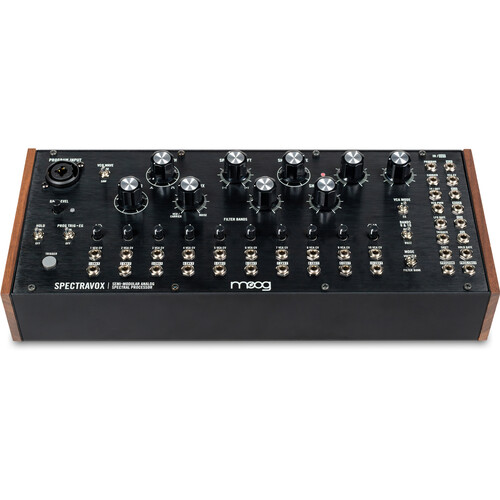
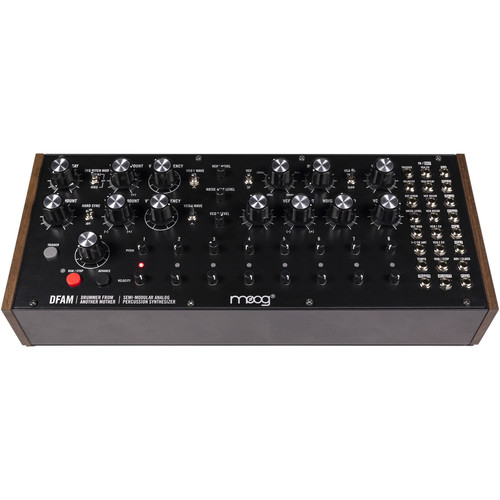
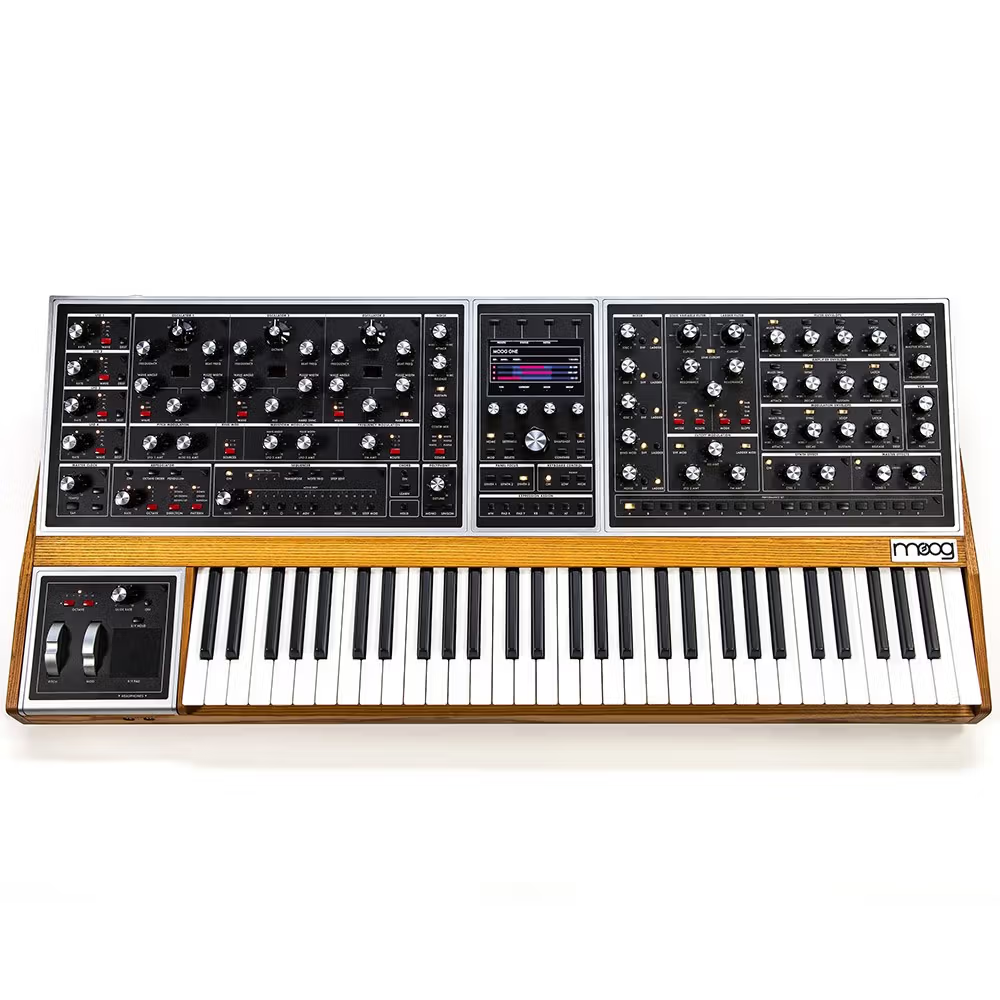
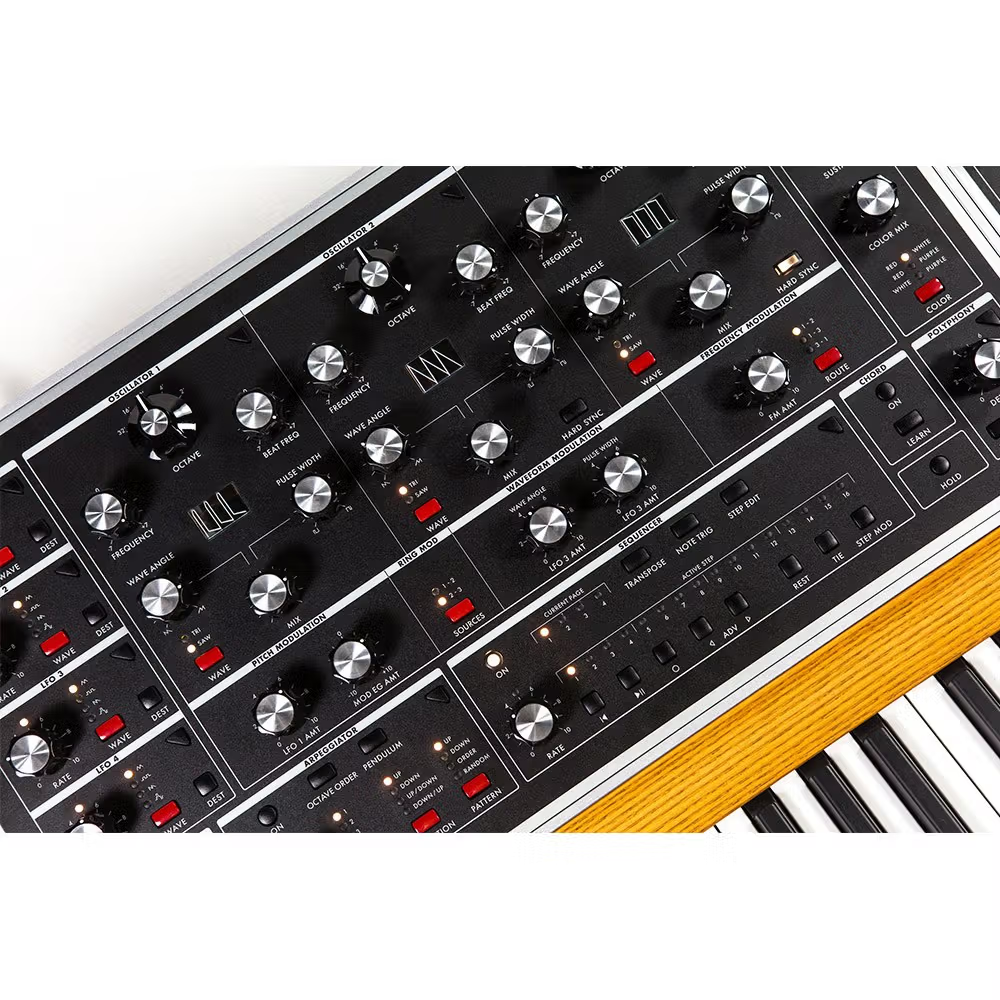
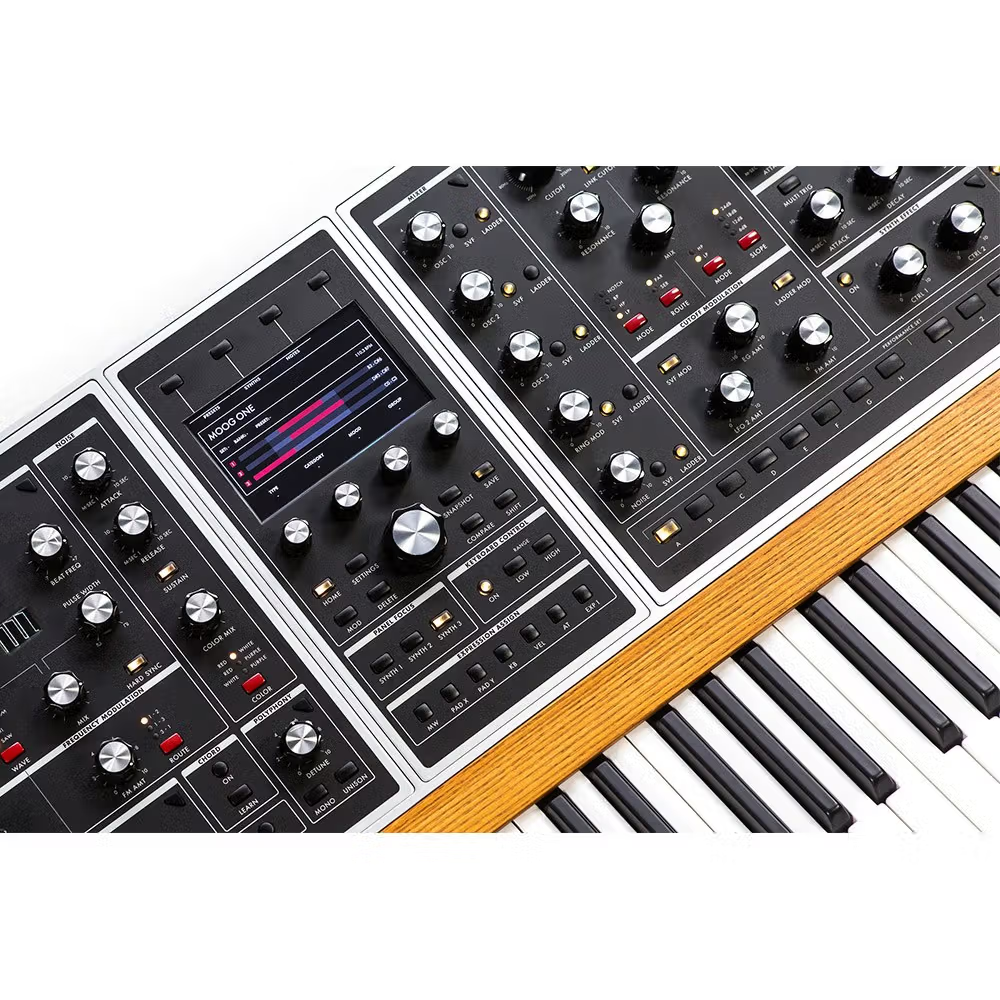
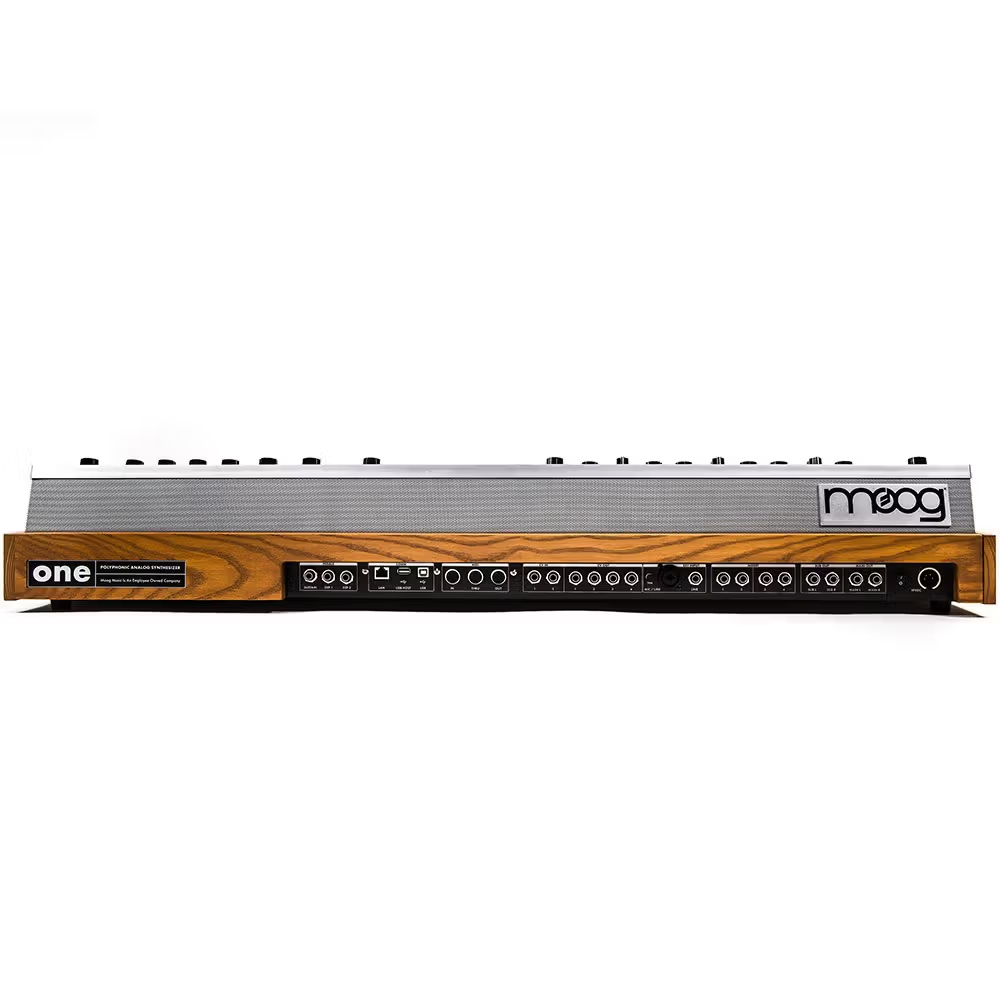
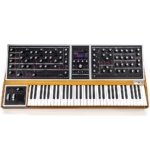
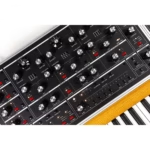
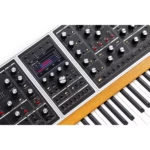
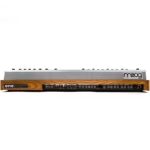

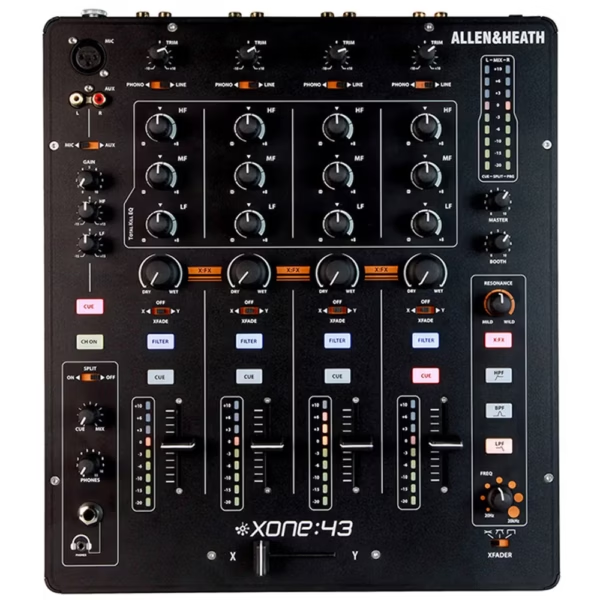
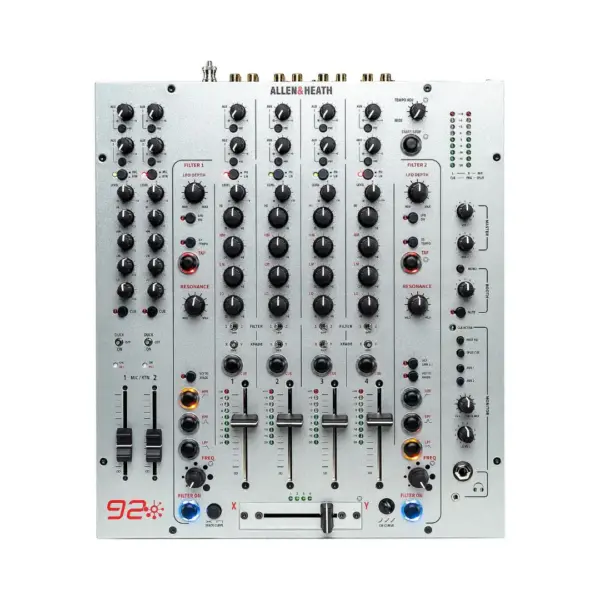
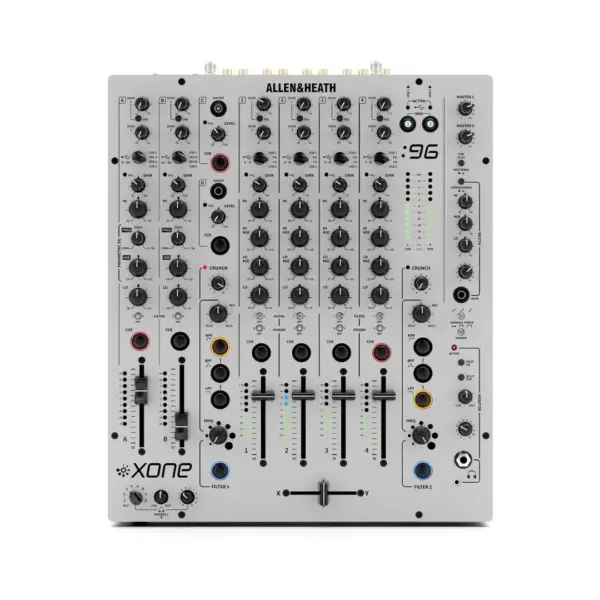
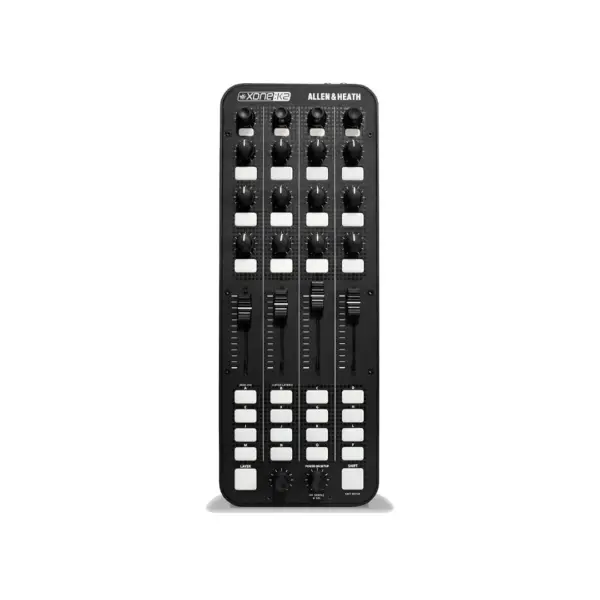
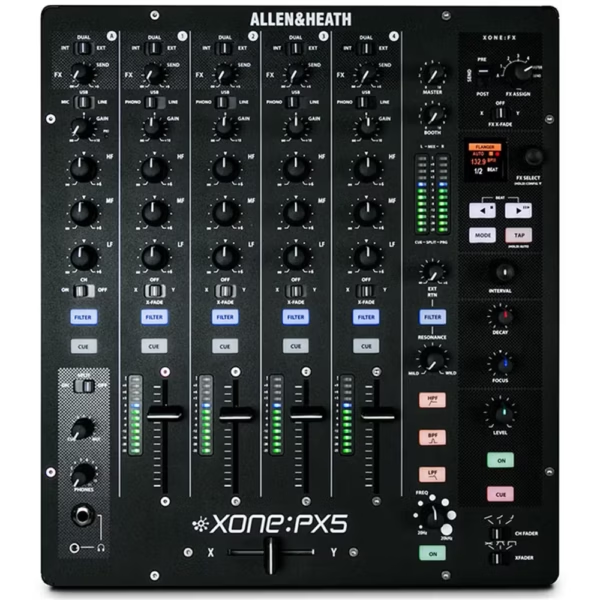
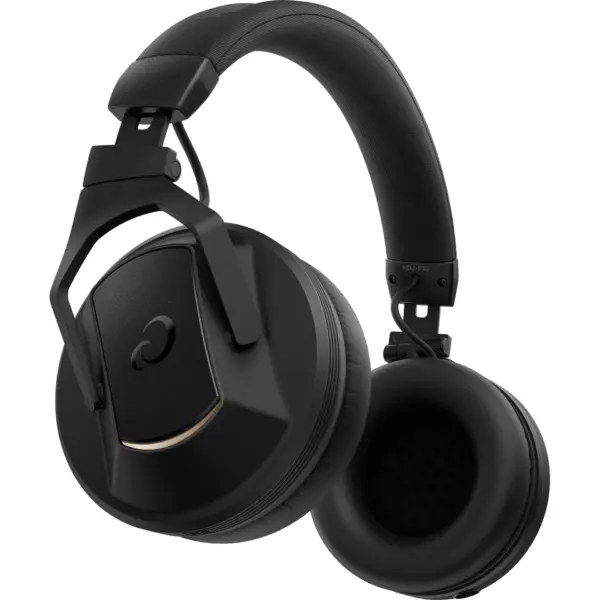
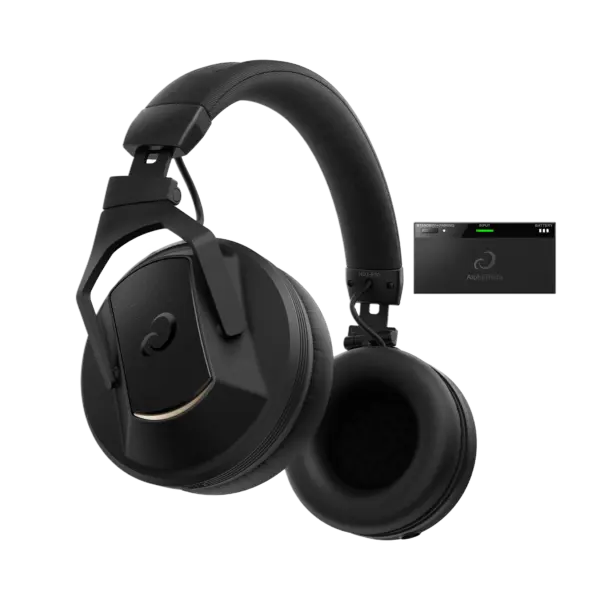
Reviews
Clear filtersThere are no reviews yet.